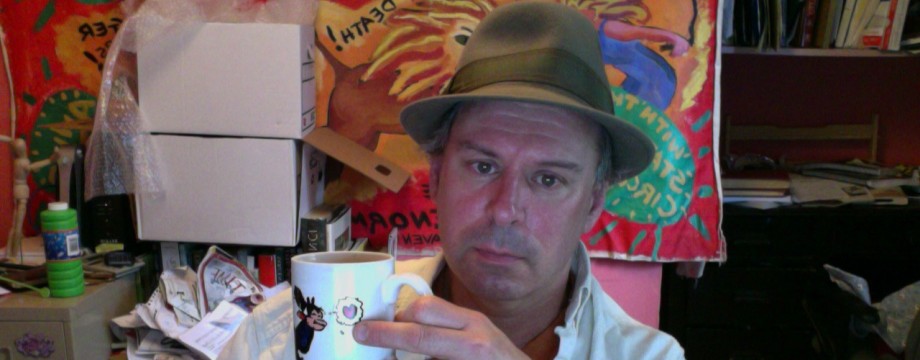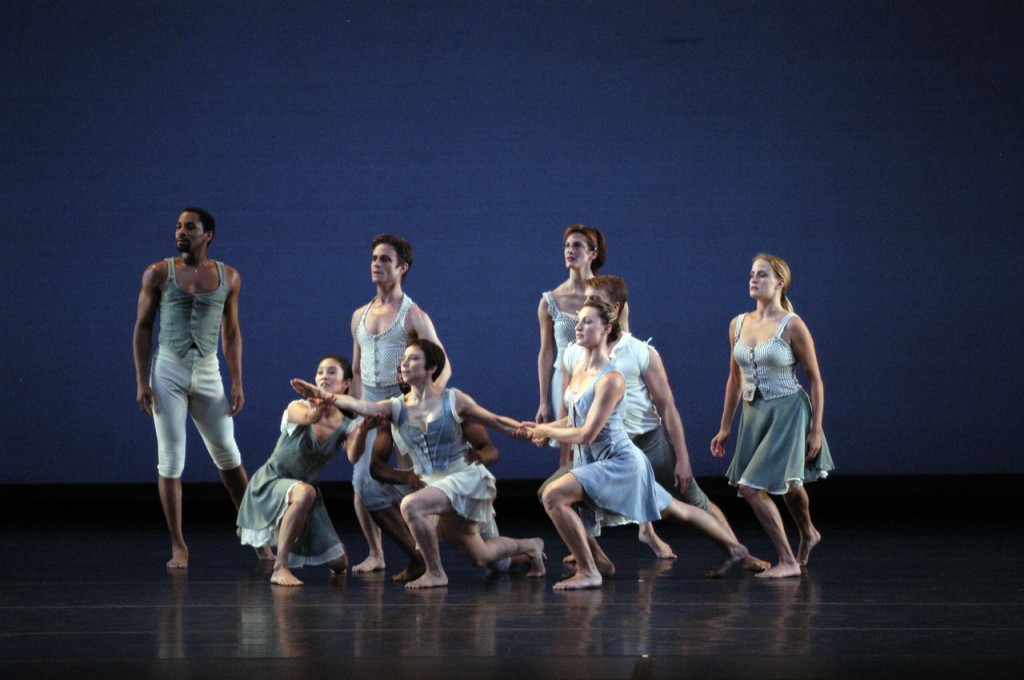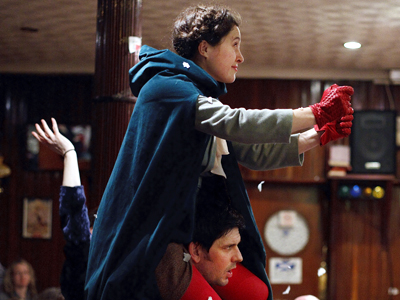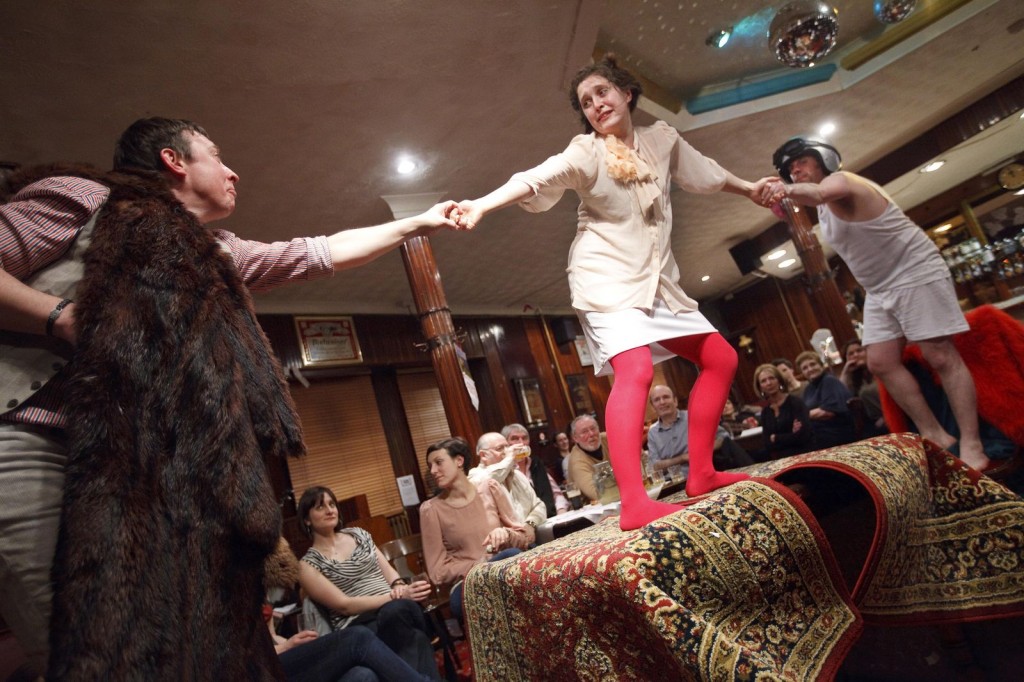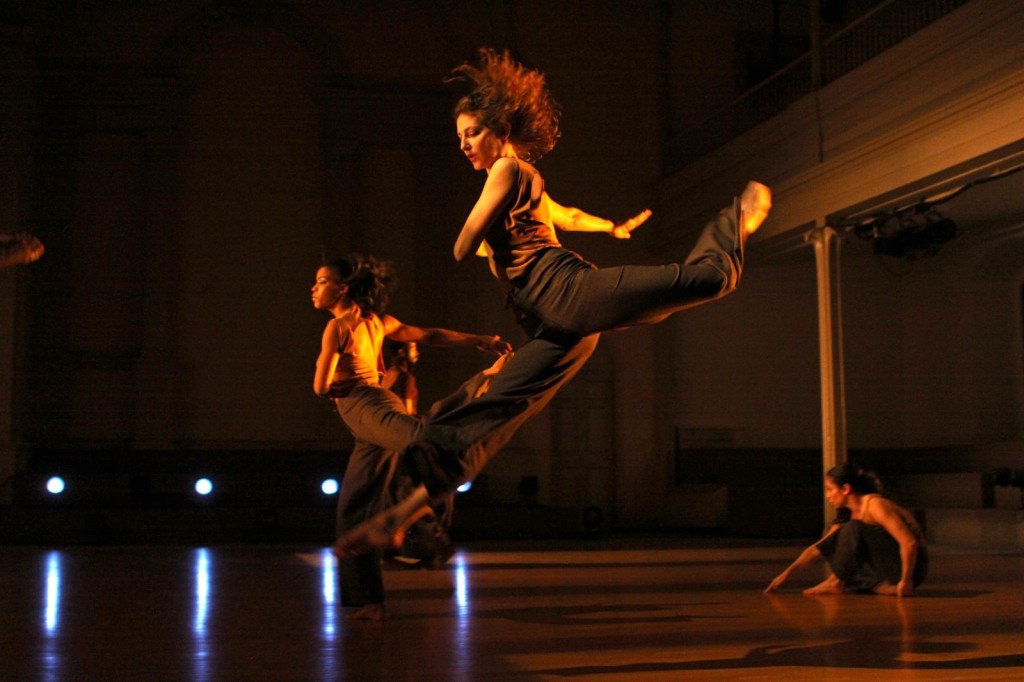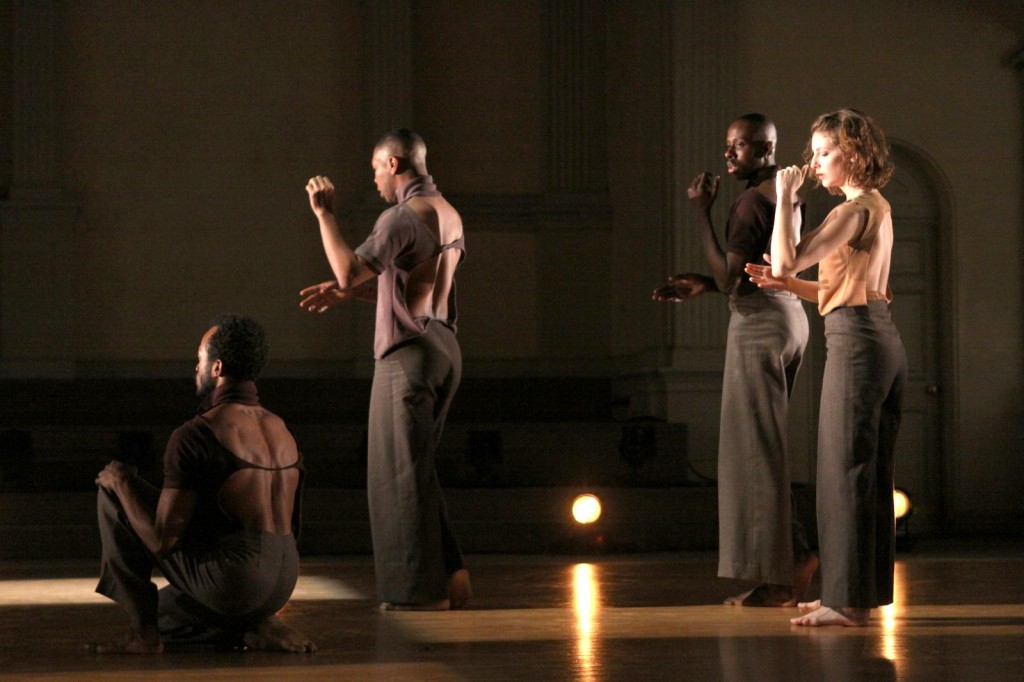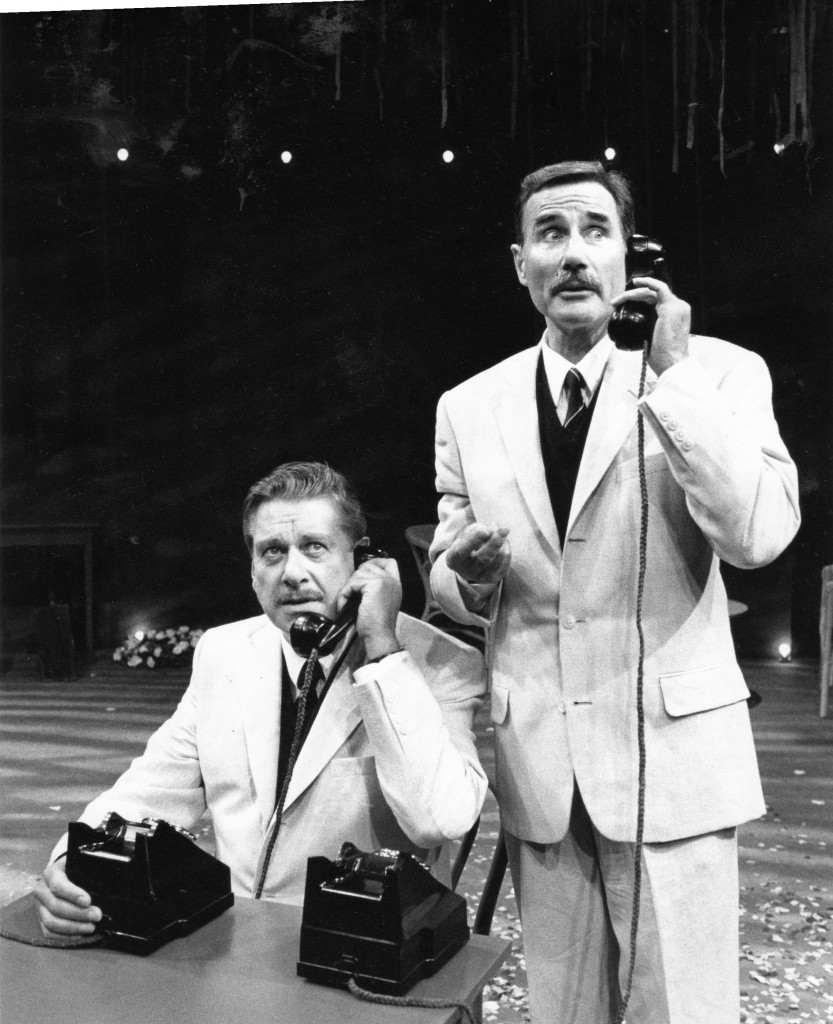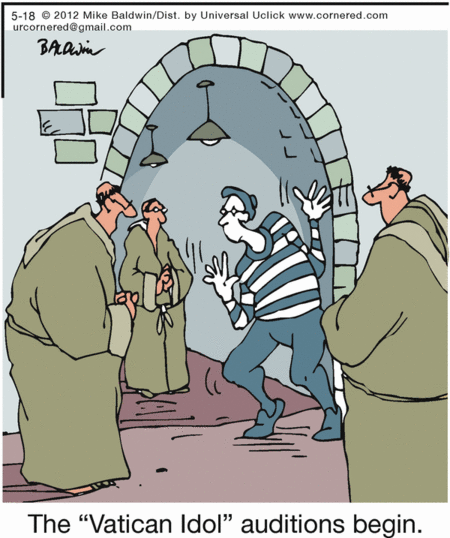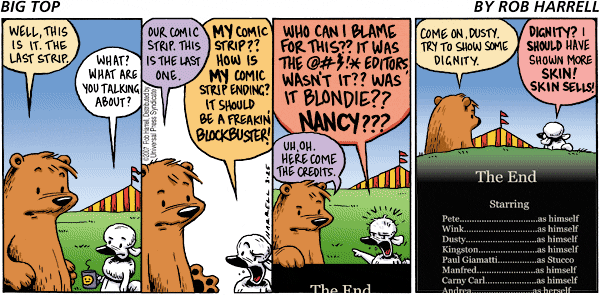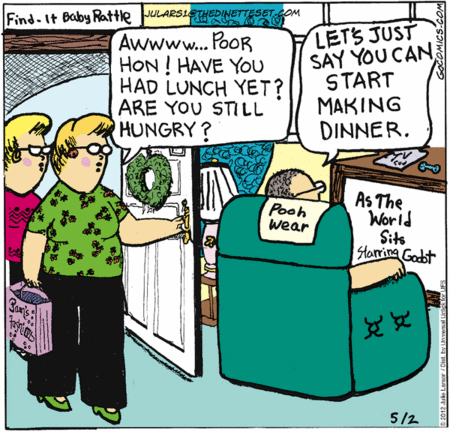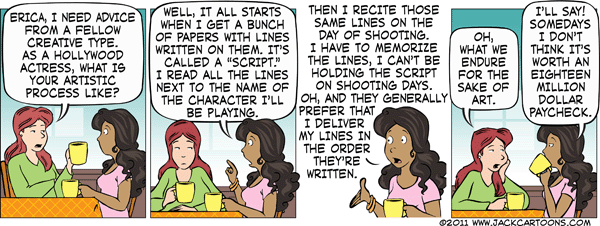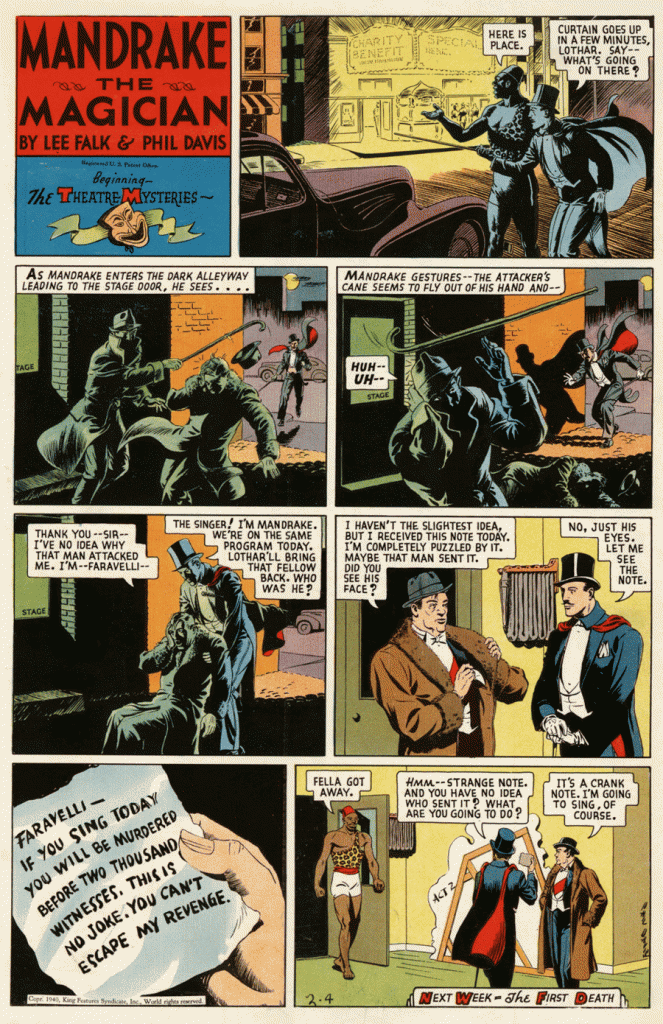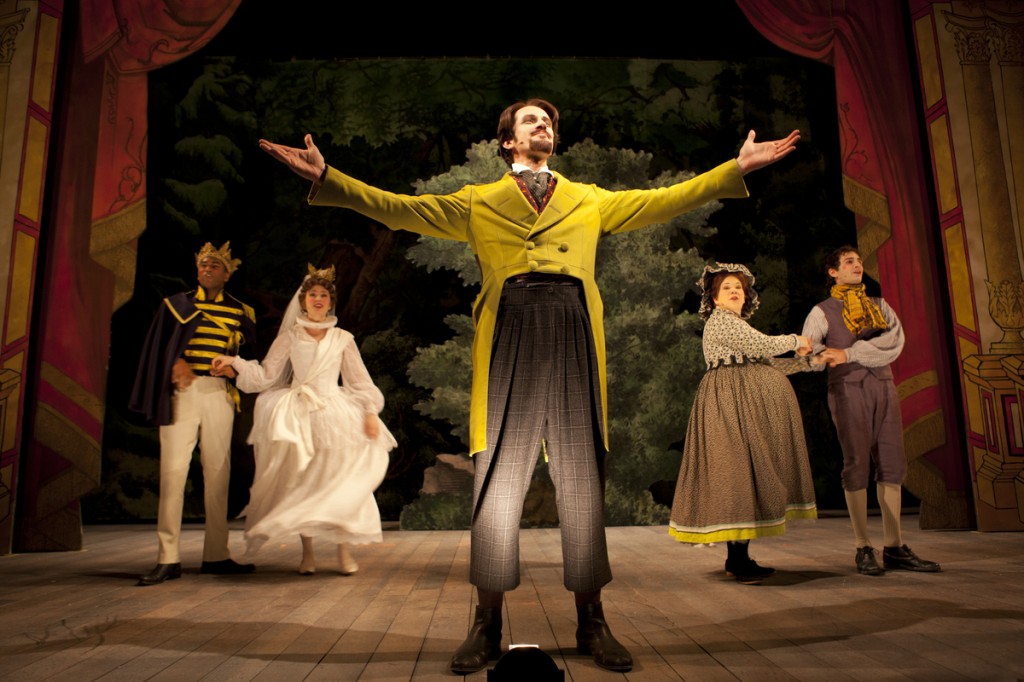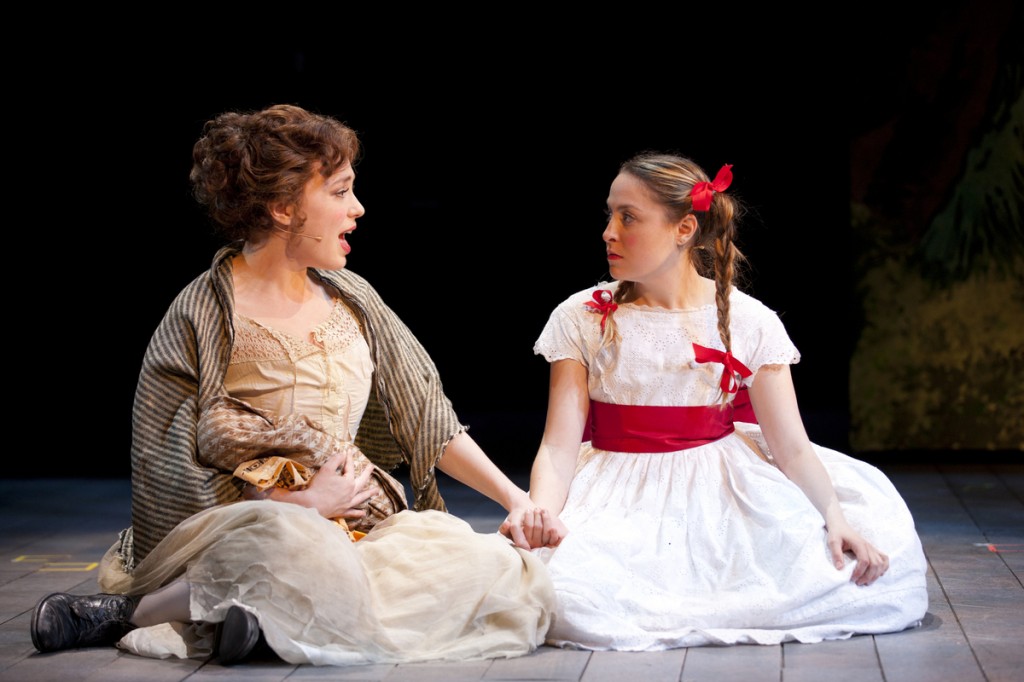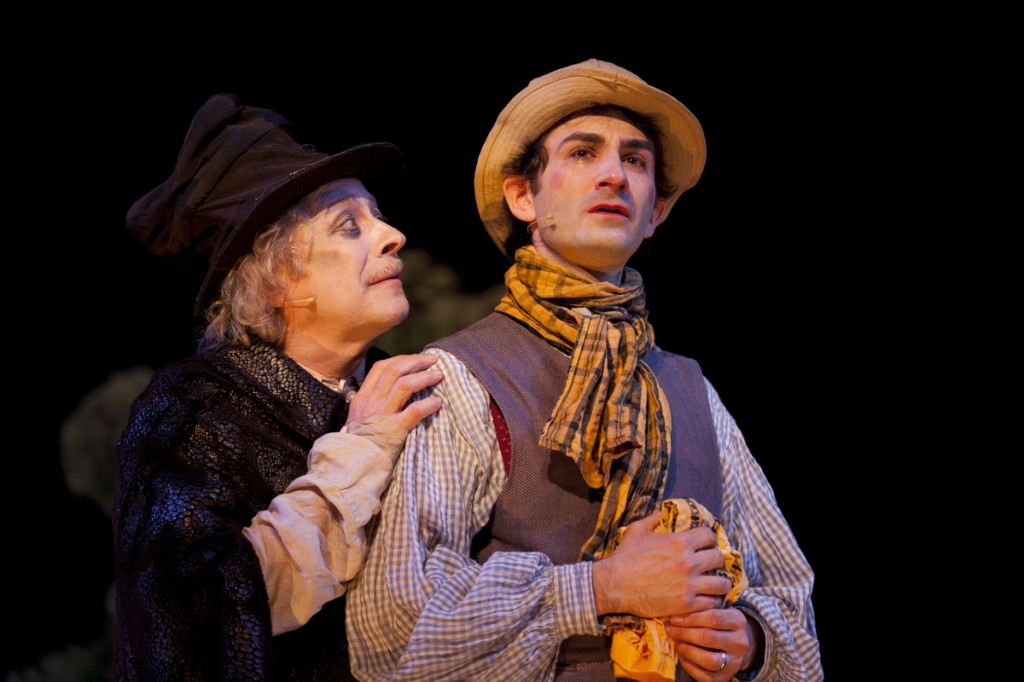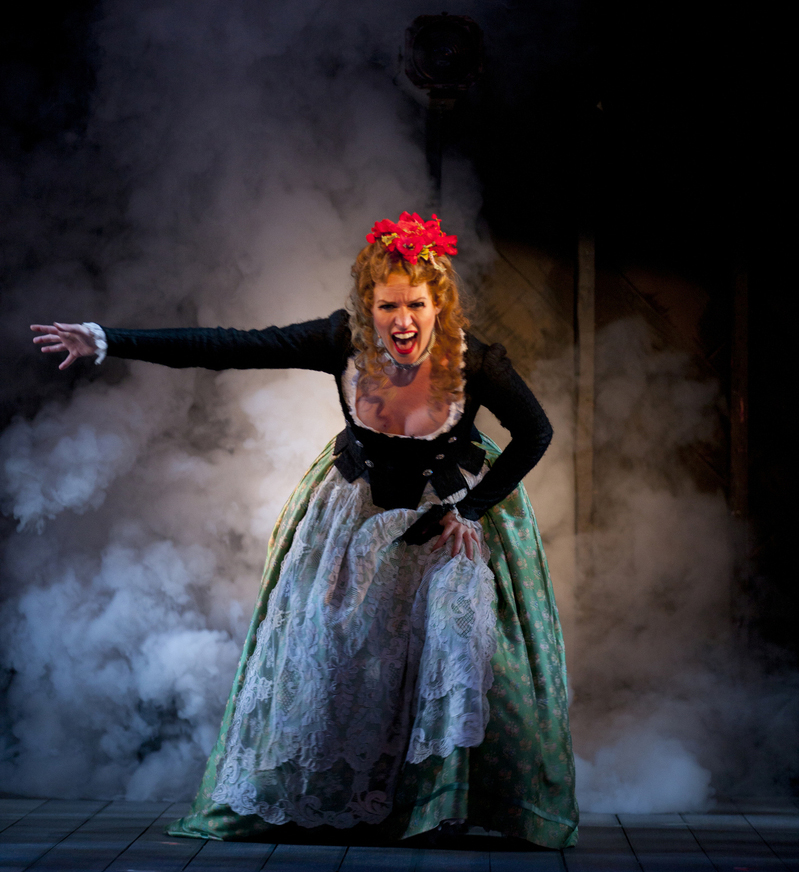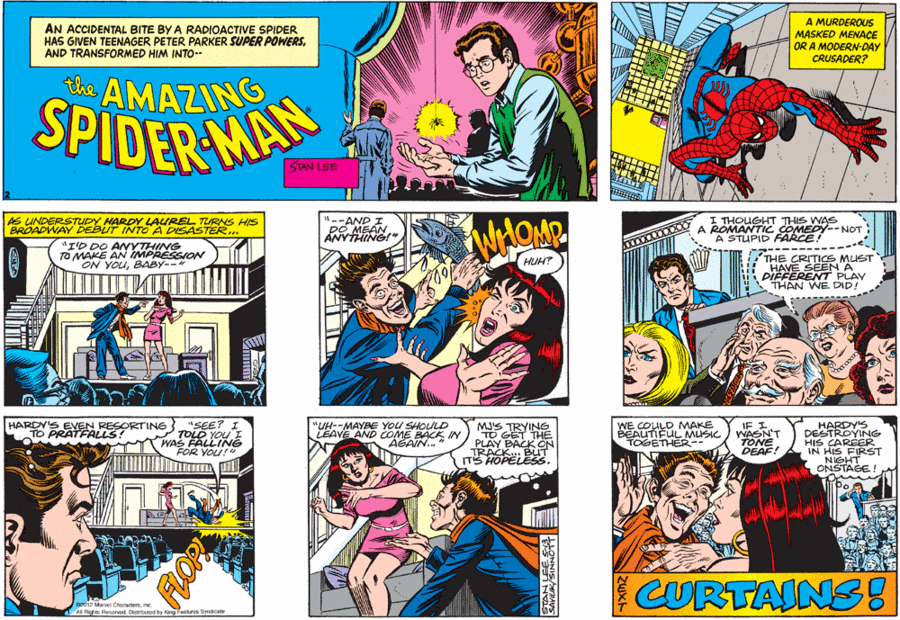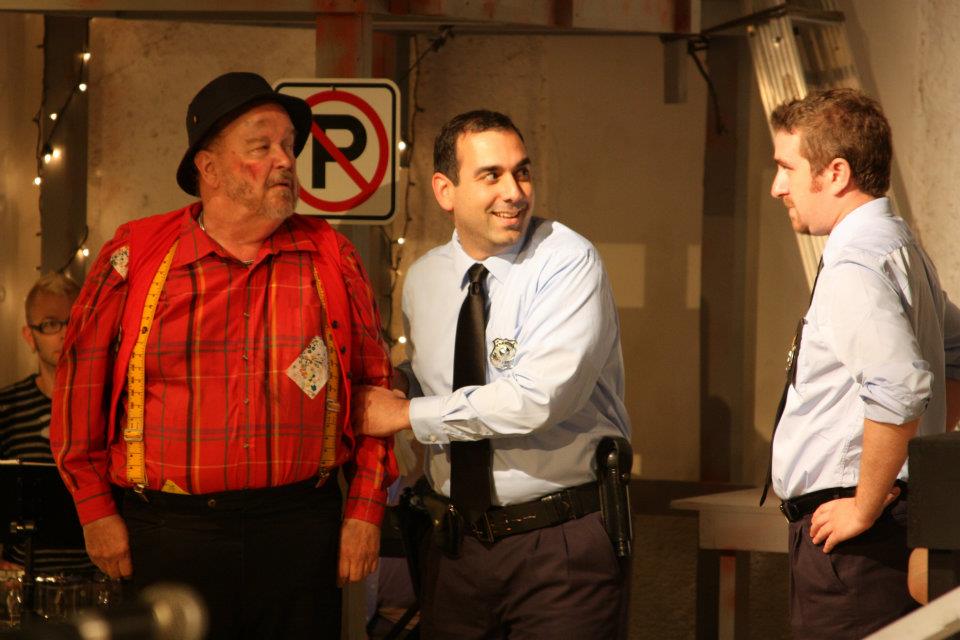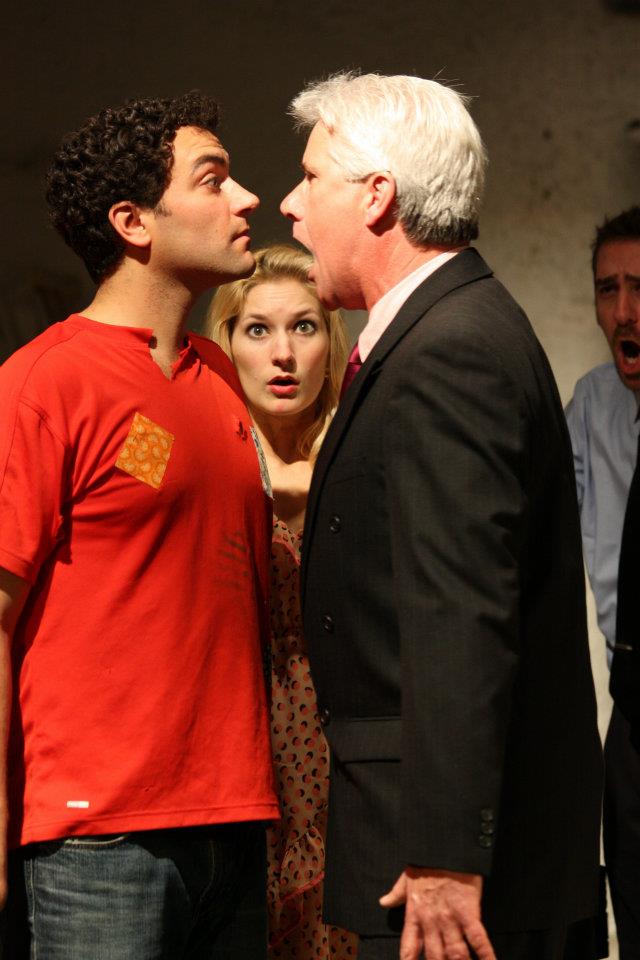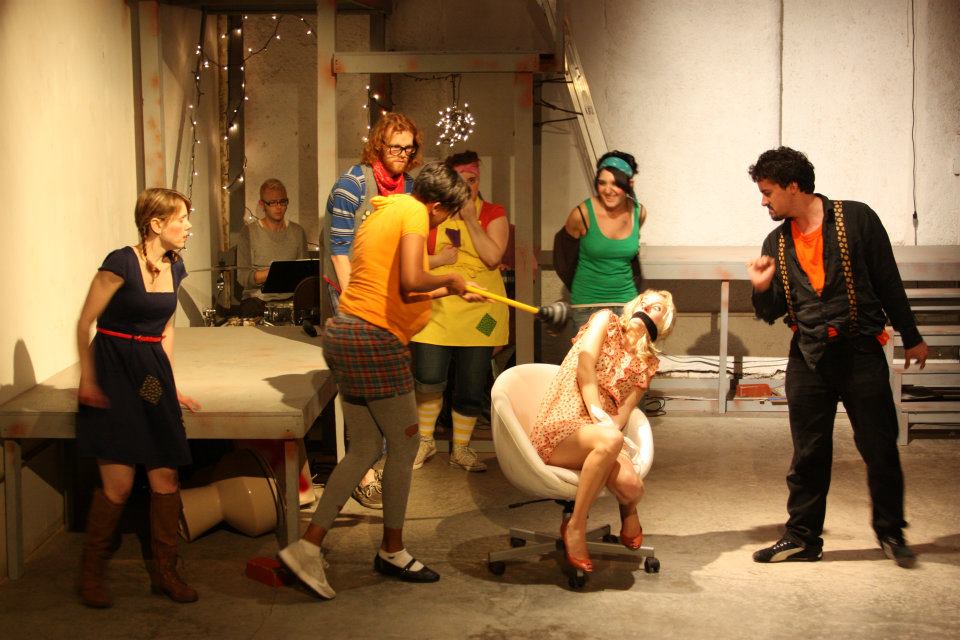Mark Morris Dance Group
Presented by the International Festival of Arts & Ideas. June 21 & 22 at the Shubert, 247 College St., New Haven. (203) 562-5666, www.artidea.org.
Choreographed and conducted by Mark Morris. Sung by Yale Choral Artists (Jeffrey Douma, director). Played by Yale Collegium Players (Robert Mealy, director). Danced by Chelsea Lynn Acree, Samuel Black, Rita Donahue, Domingo Estrada Jr., Lesley Garrison, Lauren Grant, John Heginbotham, Brian Lawson, Aaron Loux, Laurel Lynch, Stacy Martorana, Dallas McMurray, Amber Star Merkens, Maile Okamura, Spencer Ramirez, William Smith III, Noah Vinson, Jenn Weddel and Michelle Yard.
You can’t ignore the religious majesty of the three dances performed this weekend by the Mark Morris Dance Company. The orchestra, the chorale and two of the composers, Bach and Vivaldi won’t let you.
But while the evening conjures up images of genuflection and awe, it’s also earthy and frolicsome in the best tradition of Mark Morris. As a choreographer, he always balances a sense of fun and adventures with the more pristine and somber tableaux. And he eschews anything obvious. Yes, he acknowledges that Bach’s “Jesu, meine Freude” is a sacred work, but Morris clothes his dancers in loose white flowing nightgowns and pants and has them do mystical movements that are more Middle Eastern than European.
These repertory works—A Lake and Jesu, meine Freude dating back to the early ‘90s, and Gloria a decade earlier than that—have been presented on various bills over the years. At the Mostly Mozart Festival eight years ago, A Lake and Jesu were joined with I Don’t Want to Love (which is set to seven Monteverdi madrigals) and Marble Halls (scored with a Bach concerto), which must have suggested a more mortal, romantic theme than this evening’s nature-loving, heavenly arrangement. “A Lake” is now considered a Mark Morris Dance Company piece, but its world premiere 20 years ago was as part of the inaugural season of the White Oak Dance Project which Morris co-founded with Mikhail Baryshnikov.
These three works were done together just last month in Seattle, with that city’s symphony orchestra and the Seattle Tudor Choir. I expect it plays very differently in New Haven, where Morris conducting the Yale Collegium Players and Yale Choral Artists ensembles. The choreographer/conductor/auteur has a knack for bringing a special complexion to each presentation he’s a part of.
The art of ballet is often wrongly thought of as idealized and pure and thus presumably impervious to regional variations and strong individual interpretations. Morris has always danced in the face of such wrongheaded views. When you dance for Mark Morris, you’re allowed to use your own body and not conform to some ancient physical ideal. Turns out that Morris expects the same realness and energy from his musicians. He whisks through Vivaldi’s “Gloria” at about the fastest pace you may have ever heard it. The dancers respond to the pop-music pacing by flailing deliriously about the stage, pulling their bodies across like they’re evolving from lizards into birds.
“A Lake” is the opening piece, and carries no lofty God baggage. The dancers are garbed similarly to how they’ll be in “Gloria”: white and light-blue summer fun clothes. They’re doing trademark Morris moves—nothing angular, only arched and rounded—but they look like the chorus from a tour of Oklahoma!
This is everything you want a June dance concert to be: grand and tightly rehearsal, yet frisky and sweetly sweaty. Respectful and informed and classical yet open-hearted and open-minded. There’s a move in “Gloria” where a woman spreads her legs akimbo, like a cowgirl, and pivots in a manner that’s both silly and as difficult to do well as a pirouette. That move said it all for me.
Grace and beauty are overrated. Mark Morris’ work is sprightly and pretty, which is much harder to pull off and much more of a joy to watch.
